A Guide to Forklift Attachments
Date Posted:28 May 2024
Forklift attachments are valuable tools that enhance the functionality and versatility of forklifts in various industrial settings. Whether handling palletized loads, bulk materials, or specialized items, forklift attachments improve efficiency, safety..
Forklifts are indispensable tools in warehouses, distribution centers, and manufacturing facilities for lifting, moving, and stacking materials efficiently. However, their versatility can be further enhanced with the use of various attachments. Forklift attachments expand the capabilities of these machines, allowing them to handle a wider range of tasks and materials. This article explores the types, benefits, and applications of forklift attachments in different industrial settings.
.jpg)
Types of Forklift Attachments
Fork Extensions: Fork extensions are used to increase the length of the forklift's forks, enabling the handling of longer or oversized loads. They are ideal for lifting items such as lumber, pipes, and furniture that extend beyond the standard fork length.
Fork Positioners: Fork positioners allow operators to adjust the width between the forks hydraulically, facilitating the handling of loads of different sizes. Fork positioners improve efficiency by reducing the need for manual adjustment of fork spacing when handling various pallet sizes.
Fork Clamps: Fork clamps are designed to securely grip loads without pallets, such as drums, barrels, and paper rolls. They feature hydraulic arms that close around the load, providing a tight and stable grip for transportation and stacking.
Side Shifters: Side shifters allow operators to move the forks horizontally, left or right, to align them with the load or adjust their position during stacking. Side shifters enhance precision and maneuverability, reducing the risk of damage to goods and improving productivity.
Slip Sheet Attachments: Slip sheet attachments replace traditional pallets with slip sheets, which are thin, flat sheets of plastic or cardboard. They enable the handling of unit loads without pallets, optimizing space utilization and reducing pallet-related costs.
Carton Clamps: Carton clamps are specialized attachments designed for handling cartons, boxes, and other packaged goods. They feature rubber-coated pads that gently squeeze the sides of the load, preventing damage to fragile or crushable items.
Benefits of Forklift Attachments
Versatility: Forklift attachments enable a single forklift to perform a variety of tasks, eliminating the need for multiple specialized machines. This versatility allows businesses to maximize the utilization of their forklift fleet and adapt to changing operational needs.
Efficiency: Forklift attachments streamline material handling processes by reducing manual labor, minimizing the need for repositioning loads, and improving workflow efficiency. They enable faster loading, unloading, and stacking of goods, leading to increased productivity and throughput.
Safety: Forklift attachments enhance safety by providing secure handling of loads, minimizing the risk of accidents, spills, and injuries. They improve operator visibility and control, reducing the likelihood of collisions, tip-overs, and damage to goods or equipment.
Cost Savings: Forklift attachments help businesses optimize their material handling operations, leading to cost savings in labor, time, and equipment. By improving efficiency and productivity, forklift attachments contribute to overall operational profitability and competitiveness.
Applications Across Industries
Forklift attachments are utilized in various industries and sectors:
Warehousing and Distribution: In warehouses and distribution centers, forklift attachments are used to handle a wide range of goods, including palletized loads, bulk materials, and irregularly shaped items. They enable efficient loading and unloading of trucks, organizing of inventory, and movement of goods within the facility.
Manufacturing: In manufacturing facilities, forklift attachments play a crucial role in transporting raw materials, components, and finished products between production areas. They facilitate assembly, staging, and storage of materials, supporting efficient manufacturing processes and minimizing downtime.
Construction: In construction sites, forklift attachments are used to transport building materials, equipment, and supplies. They help contractors handle heavy and bulky items such as steel beams, concrete blocks, and roofing materials, improving efficiency and safety on the job site.
Retail: In retail environments such as supermarkets and big-box stores, forklift attachments are used to stock shelves, move merchandise, and handle inventory. They enable retailers to manage their inventory effectively, ensuring that products are readily available for customers.
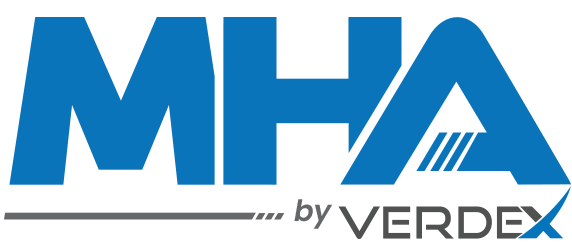


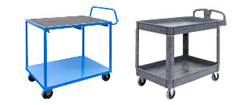

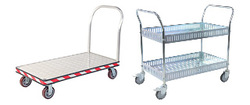
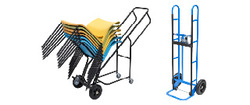
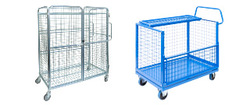
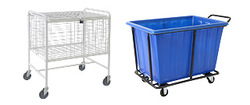
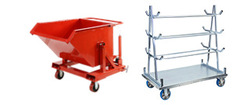
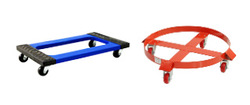
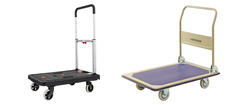
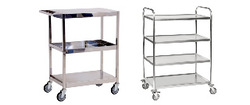
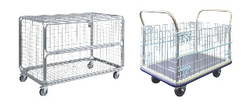
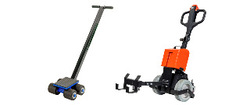
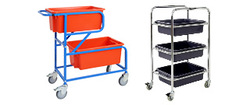
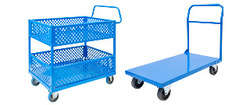
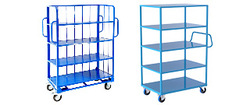
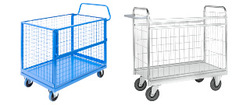
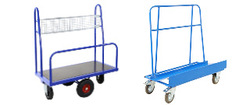
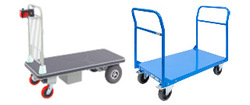
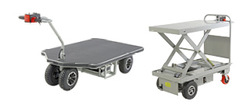
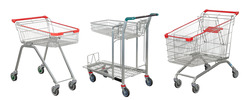
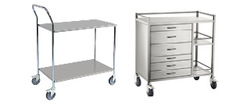
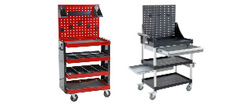
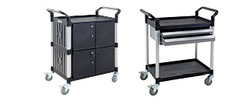
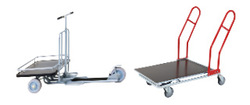
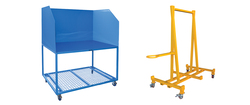



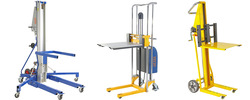



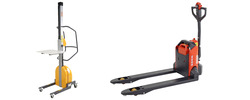
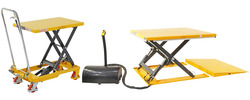
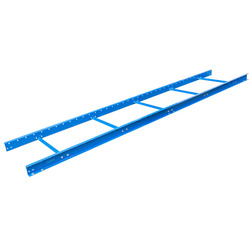
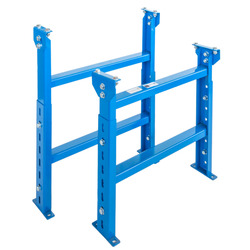
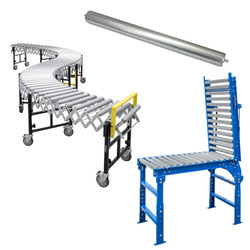
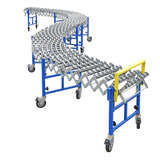


















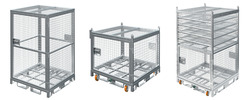

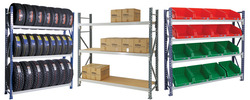
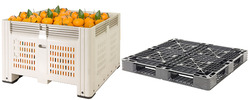
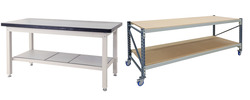
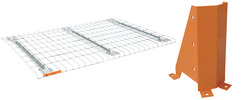
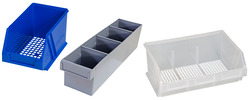

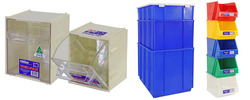

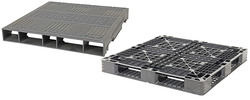
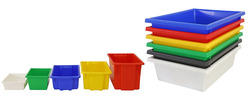
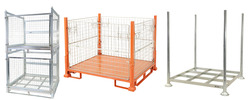
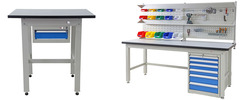
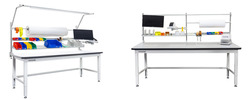

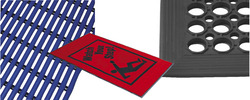
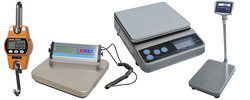



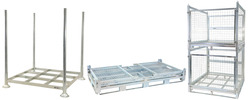
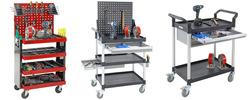
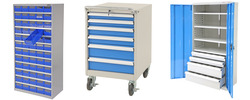
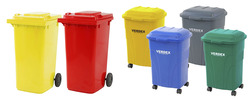
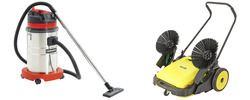











 Trolleys / Hand Trucks
Trolleys / Hand Trucks 2 Tier Trolleys
2 Tier Trolleys 3 Tier Trolleys
3 Tier Trolleys Aluminium Trolleys
Aluminium Trolleys Appliance & Hand Trucks
Appliance & Hand Trucks Cage Trolleys
Cage Trolleys Cleaning Carts & Trolleys
Cleaning Carts & Trolleys Construction Trolleys
Construction Trolleys Dollies
Dollies Foldable Trolleys
Foldable Trolleys Hospital Trolleys
Hospital Trolleys Laundry/Linen Trolleys
Laundry/Linen Trolleys Load Skates & Tow Tugs
Load Skates & Tow Tugs Mail / Office Trolleys
Mail / Office Trolleys Multi Purpose Trolleys
Multi Purpose Trolleys Multi-Tier Shelf Trolleys
Multi-Tier Shelf Trolleys Order Picking Trolleys
Order Picking Trolleys Panel Cart Trolleys
Panel Cart Trolleys Platform Trolleys
Platform Trolleys Powered Trolleys
Powered Trolleys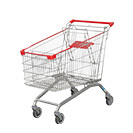 Shopping Trolleys
Shopping Trolleys Stainless Steel Trolleys
Stainless Steel Trolleys Tool Trolleys
Tool Trolleys Utility Carts
Utility Carts Warehouse Trolleys
Warehouse Trolleys Custom Trolleys
Custom Trolleys Lifting Equipment
Lifting Equipment Forklift Attachments
Forklift Attachments Jib Attachments
Jib Attachments Lifting Hoists & Pallet Hooks
Lifting Hoists & Pallet Hooks Manual Stackers & Lifters
Manual Stackers & Lifters Pallet Jacks
Pallet Jacks Pallet Lifters
Pallet Lifters Pallet Rotators & Dispenser
Pallet Rotators & Dispenser Powered Pallet Trucks & Electric Lifters
Powered Pallet Trucks & Electric Lifters Scissor Lift Trolleys and Tables
Scissor Lift Trolleys and Tables Conveyor Equipment
Conveyor Equipment Conveyor Frames
Conveyor Frames Conveyor Stands
Conveyor Stands Roller Conveyors
Roller Conveyors Skate Wheel Conveyors
Skate Wheel Conveyors Access Equipment
Access Equipment Container & Yard Ramps
Container & Yard Ramps Step Stools & Ladders
Step Stools & Ladders Work Platforms & Crane Cages
Work Platforms & Crane Cages Drum Handling
Drum Handling Drum Storage & Bunding
Drum Storage & Bunding Drum Trolleys & Lifters
Drum Trolleys & Lifters Forklift Drum Handling
Forklift Drum Handling Containment & Spillage
Containment & Spillage Aerosol Cans Storage Cages
Aerosol Cans Storage Cages Bunded Pallets & Storage
Bunded Pallets & Storage Corrosive Goods Storage Cabinets
Corrosive Goods Storage Cabinets Flammable Liquid Cabinets
Flammable Liquid Cabinets Forklift Gas Storage Cages
Forklift Gas Storage Cages Gas Cylinder Storage
Gas Cylinder Storage Site Storage
Site Storage Spill Kits
Spill Kits Stillage Cages
Stillage Cages Waste Handling
Waste Handling Bin Lifters & Tippers
Bin Lifters & Tippers Plastic Waste Bins and Carts
Plastic Waste Bins and Carts Steel Waste and Tipping Bins
Steel Waste and Tipping Bins Storage Equipment
Storage Equipment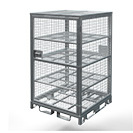 750 Series Cage Configurations
750 Series Cage Configurations Heavy Duty Cabinets & Benches
Heavy Duty Cabinets & Benches Heavy Duty Shelving
Heavy Duty Shelving Mega Bins & Pallets
Mega Bins & Pallets Packing Benches
Packing Benches Pallet Racking Accessories
Pallet Racking Accessories Parts Trays & Stor-Pak Bins
Parts Trays & Stor-Pak Bins Pegboard & Louvre Panels
Pegboard & Louvre Panels Plastic Bins
Plastic Bins Plastic Handling Solutions Bins
Plastic Handling Solutions Bins Plastic Pallets
Plastic Pallets Stack & Nest Bins
Stack & Nest Bins Storage Cages
Storage Cages Workplace Equipment
Workplace Equipment Workbenches
Workbenches Modular Workbenches
Modular Workbenches Electric Height-Adjustable Workbenches
Electric Height-Adjustable Workbenches Floor Matting
Floor Matting Industrial Weighing Scales
Industrial Weighing Scales Pallet Wrapping & Packaging Machinery
Pallet Wrapping & Packaging Machinery Ramps
Ramps Stationery Cupboards
Stationery Cupboards Storage and Stillage Cages
Storage and Stillage Cages Tool Trolleys
Tool Trolleys Tooling Cabinets
Tooling Cabinets Wheelie Bins
Wheelie Bins Workshop Equipment
Workshop Equipment Safety Equipment
Safety Equipment Gloves and PPE
Gloves and PPE Pallet Rack Post Protectors
Pallet Rack Post Protectors Safety Barriers & Bollards
Safety Barriers & Bollards Safety Knives & Cutters
Safety Knives & Cutters Signs and Traffic Supplies
Signs and Traffic Supplies Tool & First Aid Boxes
Tool & First Aid Boxes Construction Equipment
Construction Equipment Concrete Equipment
Concrete Equipment General Site Equipment
General Site Equipment Lifting Equipment
Lifting Equipment Site Storage
Site Storage Waste
Waste 










